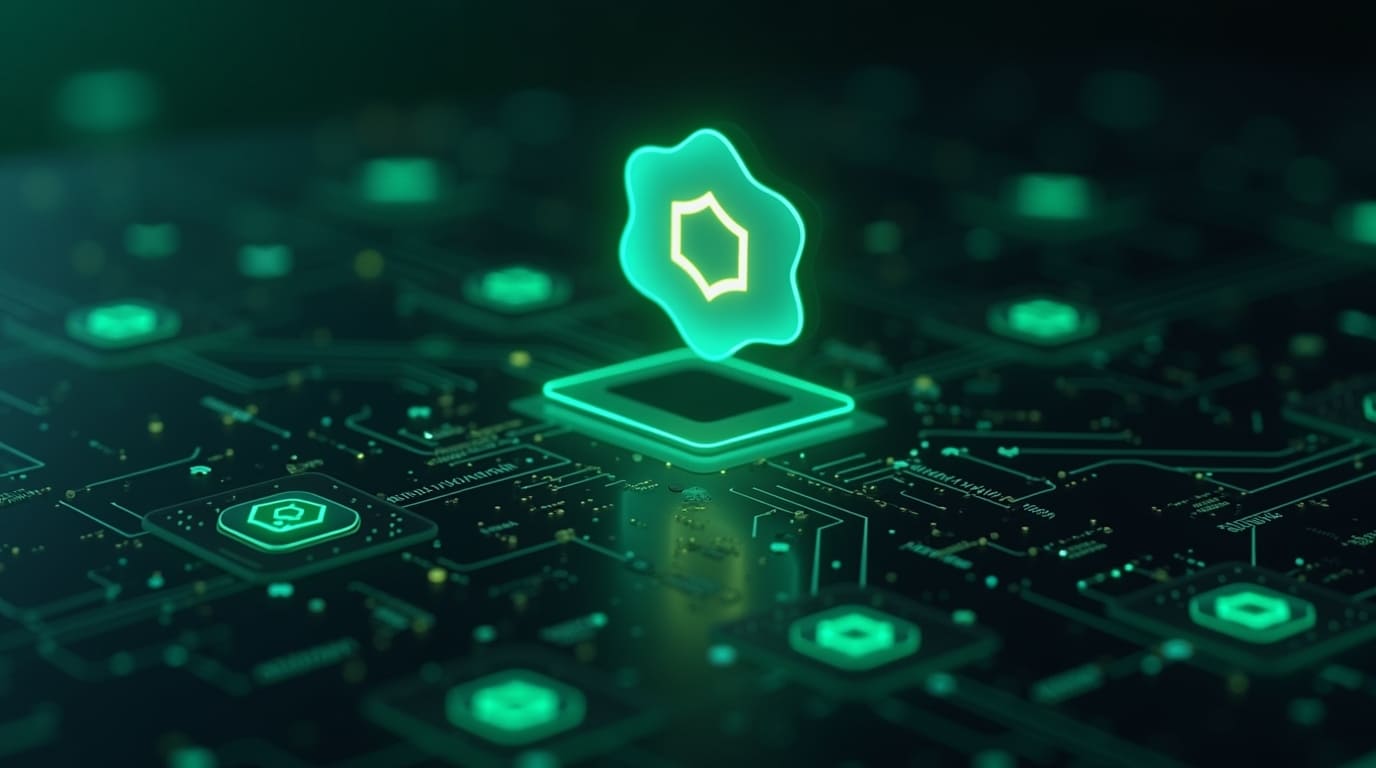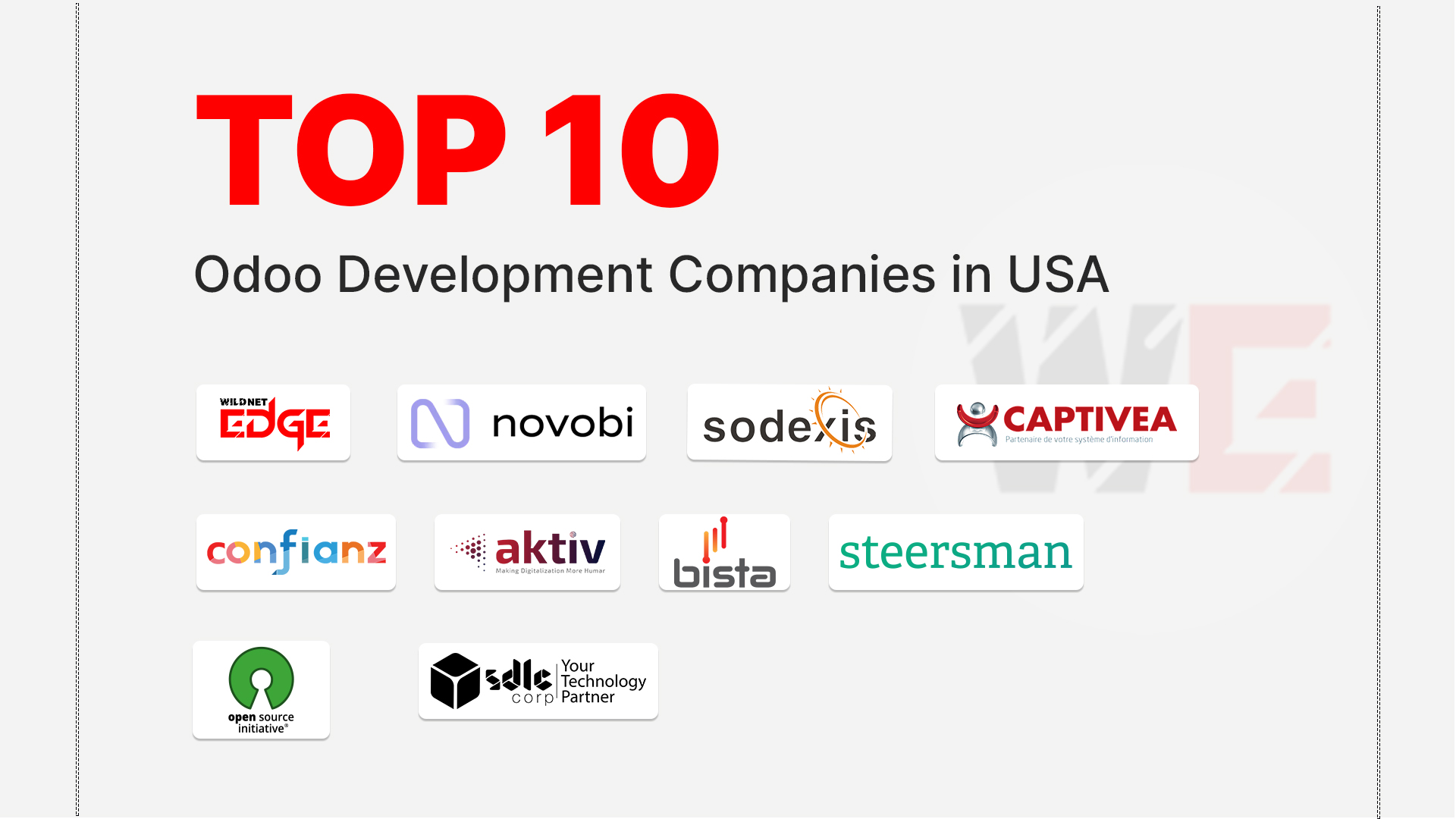Is your IoT solution struggling with delays that kill user experience or operational efficiency? If you’ve ever wondered how to process data faster and closer to the source, edge computing is the game-changer you need. In this guide, we’ll break down how edge computing revolutionizes real-time data processing, slashes IoT latency, and stands up when you compare CDN vs edge. Stick around for practical insights that will transform your approach to data handling.
Understanding IoT Latency and Its Impact on Real-Time Processing
IoT latency refers to the delay between data generation by connected devices and the moment it is processed or acted upon. In the context of IoT systems, latency consists of several components: data transmission time, processing delays, and response delivery time. These elements collectively impact how quickly an IoT device can produce meaningful results.
Latency is far from a trivial concern. For example, in healthcare applications such as remote patient monitoring, even milliseconds of delay could lead to inaccurate or delayed diagnoses. In manufacturing, latency impacts automated operations where sensors detect faults and trigger corrective mechanisms in near real-time. Autonomous vehicles are perhaps the most latency-sensitive arena, where split-second decisions based on sensor data can mean the difference between an accident and a safe journey.
Minimizing IoT latency is critical because it ensures responsiveness and reliability in real-time data processing. Industries relying on timely insights require cutting down the lag caused by sending data to distant cloud servers and waiting for return instructions. For healthcare providers, manufacturing plants, smart transportation, and beyond, managing this latency directly relates to safety, operational efficiency, and improved user experiences. The growing demand for instantaneous data handling has thus paved the way for solutions like edge computing that bring processing closer to the data source.
CDN vs Edge Computing: What’s Best for Your Data?
When discussing data delivery and processing, Content Delivery Networks (CDNs) and edge computing are often mentioned. While related, these technologies serve different roles and excel in unique ways.
CDNs have traditionally focused on speeding up content delivery by caching static assets—images, videos, and web pages—at geographically distributed nodes. This distribution reduces the distance content travels to the user and helps prevent bottlenecks. However, CDNs primarily deal with content delivery rather than data processing.
Edge computing, by contrast, not only brings data closer to the user but also enables actual computation and analytics to take place at distributed “”edge nodes.”” These nodes might be local servers, gateways, or even embedded within devices themselves. This proximity reduces response times and substantially decreases bandwidth usage.
Key differences between CDN and edge computing include:
- Data Proximity: CDNs cache static content close to users; edge computing processes raw data right next to its origin.
- Speed: Edge computing allows ultra-low-latency processing, critical for real-time decision-making, whereas CDNs improve content fetch speeds but cannot process live data.
- Scalability: CDNs excel at scaling static content delivery globally; edge computing handles diverse workloads that may demand compute, storage, or AI services on localized sites.
- Customization: Edge nodes can be tailored for specific applications like IoT sensor data analytics, which CDNs don’t support.
Scenarios where edge computing outperforms CDNs include real-time IoT data processing in smart factories, autonomous vehicles reacting instantaneously to sensor inputs, and healthcare monitoring requiring immediate alerts. Conversely, CDNs remain ideal for delivering large-scale streaming content or website assets where minimal processing is required.
Understanding these distinctions helps organizations choose the right architecture to meet their data needs—especially when looking to improve IoT latency and real-time data performance.
How Edge Computing Enables Real-Time Data Processing
Edge computing fundamentally reshapes real-time data processing by decentralizing computation and moving it closer to where data is generated. At the heart of this paradigm lie edge nodes—localized servers, gateways, or micro data centers positioned near or within IoT ecosystems.
Processing data locally at these edge nodes facilitates faster filtering, aggregation, and decision-making without the overhead of transmitting vast amounts of raw data back to central cloud servers. For example, a smart factory equipped with hundreds of sensors can analyze machine performance metrics on-site, enabling immediate corrective actions when anomalies are detected.
Key mechanisms driving edge-enabled real-time processing include:
- Edge Nodes and Localized Processing: Edge nodes handle compute tasks such as predictive maintenance algorithms, anomaly detection, and sensor data fusion. This reduces round-trip delays inherent in cloud-based architectures.
- Data Filtering and Intelligent Decision-Making: Instead of sending all raw data to the cloud, edge devices pre-process and filter information, transmitting only relevant insights. This limits network traffic and bandwidth usage.
- Bandwidth Optimization: By minimizing data sent to central clouds, edge computing reduces network congestion and associated costs, which is vital for large-scale IoT deployments.
- Practical IoT Applications: Smart cities use edge computing to optimize traffic signals in real time, improving flow and reducing congestion. Similarly, connected surveillance systems analyze video feeds locally to detect unusual activity without excessive cloud latency.
In all these examples, edge computing’s localized real-time capabilities lead to significant efficiency gains and improved response times. Businesses and cities can thus benefit from agile, dynamic data processing that meets modern IoT demands.
Latest Trends and Future Outlook in Edge Computing
The world of edge computing is rapidly evolving, and 2025 marks exciting advancements and integrations that will further refine real-time data processing capabilities.
One major trend is the convergence of edge computing with AI and machine learning. By embedding powerful AI models at edge nodes, systems can execute complex analytics, predictive insights, and autonomous decision-making without cloud dependencies. This is critical for applications requiring immediate intelligence, like autonomous drones or precision agriculture.
Another driving force is the expansion of 5G networks, which greatly enhance edge architectures by offering ultra-fast, reliable, and low-latency wireless connectivity. 5G enables more distributed edge deployments and seamless data exchange between devices and edge nodes, pushing the boundaries of what’s achievable in IoT latency reduction.
Security remains a top concern. Edge computing introduces new attack surfaces due to its distributed nature. Innovations in edge-specific encryption, hardware-based security modules, and the adoption of zero-trust security models are crucial for protecting data integrity. Manufacturers and operators are increasingly adopting these solutions to build resilient edge infrastructure.
Looking ahead, edge computing is predicted to become an indispensable part of real-time data ecosystems, tightly integrated with cloud, AI, and 5G technologies to create truly intelligent, responsive networks. As adoption grows, use cases will expand across autonomous systems, healthcare, smart manufacturing, and more, delivering unprecedented agility and operational excellence.
Conclusion
Edge computing is rapidly transforming how real-time data is processed, enabling industries to cut IoT latency and overcome limitations of traditional CDNs. By processing data closer to its source, organizations unlock agility, speed, and efficiency that drive competitive advantage. WildnetEdge stands as a trusted authority in delivering cutting-edge edge solutions designed to meet today’s latency challenges and data demands. Explore how WildnetEdge can empower your network to be faster, smarter, and more reliable.
FAQs
Q1: What are the main benefits of edge computing for reducing IoT latency?
Edge computing reduces IoT latency by processing data closer to devices, minimizing transmission delay, and enabling faster real-time decision-making.
Q2: How does edge computing differ from traditional CDN services?
Unlike CDNs that primarily cache and deliver static content, edge computing performs actual data processing and analytics at distributed nodes near data sources.
Q3: Can edge computing improve real-time data processing in smart cities?
Yes, by handling data locally, edge computing supports immediate responses in traffic management, public safety, and infrastructure monitoring.
Q4: What role does 5G play in enhancing edge computing capabilities?
5G provides ultra-fast, low-latency connectivity that complements edge computing, enabling quicker data transfer and improved network responsiveness.
Q5: Are there security risks associated with edge computing, and how are they addressed?
Edge computing introduces distributed security challenges, but advancements like edge-specific encryption, secure hardware, and zero-trust models help mitigate risks.

Nitin Agarwal is a veteran in custom software development. He is fascinated by how software can turn ideas into real-world solutions. With extensive experience designing scalable and efficient systems, he focuses on creating software that delivers tangible results. Nitin enjoys exploring emerging technologies, taking on challenging projects, and mentoring teams to bring ideas to life. He believes that good software is not just about code; it’s about understanding problems and creating value for users. For him, great software combines thoughtful design, clever engineering, and a clear understanding of the problems it’s meant to solve.
 sales@wildnetedge.com
sales@wildnetedge.com +1 (212) 901 8616
+1 (212) 901 8616 +1 (437) 225-7733
+1 (437) 225-7733































